I bet you didn’t know that charcoal for chickens is healthy.
In this article, I’m going to tell you exactly what I’m talking about.
A few years ago, my husband got a wild hair to light a fire – right near our winter hay barn.
When the fire department had left, and everything stopped burning a few days later, we noticed something pretty interesting: After the charred cypress and pine beams cooled, our backyard chickens started pecking the burnt wood.
Hmmm……
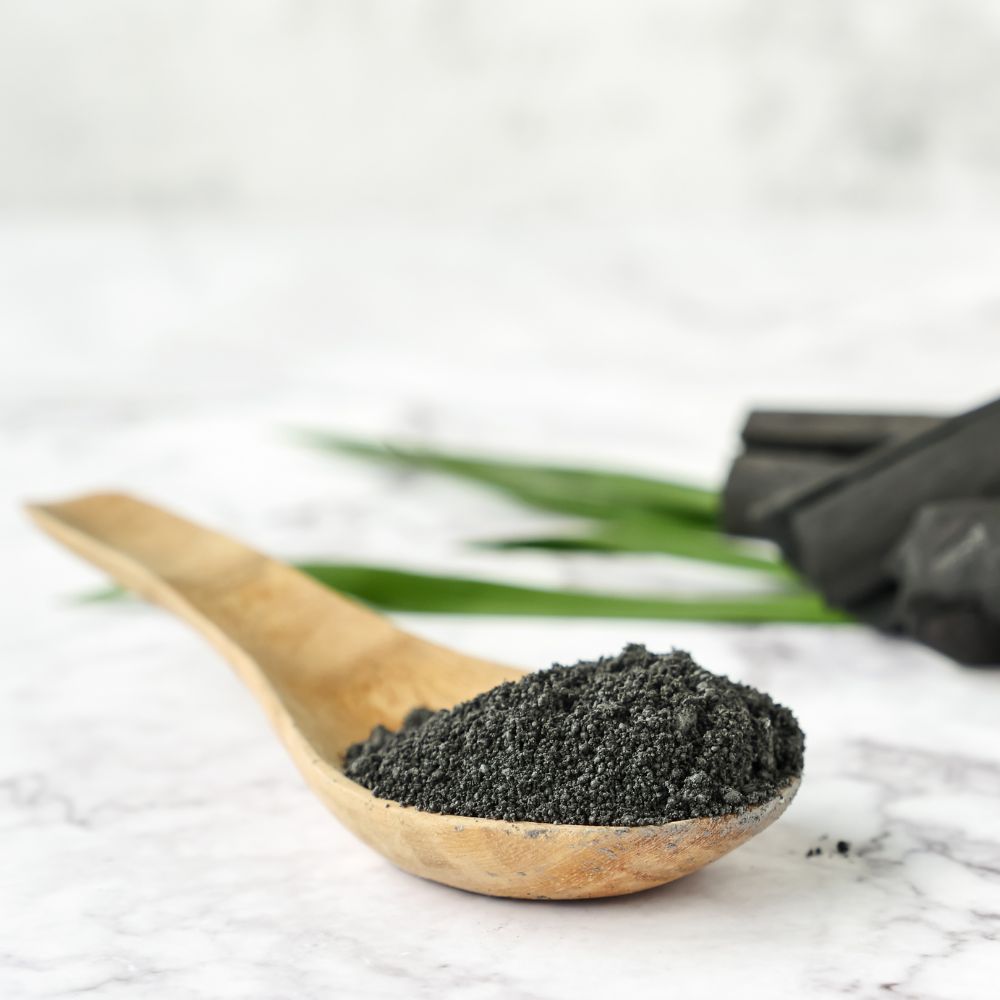
Table of Contents (Quickly Jump To Information)
Why charcoal helps backyard chickens
After some research, I discovered that wild animals, like deer, will instinctively chew on charcoal after a forest fire to settle upset tummies or generally rid their bodies of toxins and other impurities they might have picked up.
Similarly, we’ve been able to use charcoal as a way to help our hens be healthier.
After a hen pecks at charcoal and swallows it, the charcoal will bind with toxins. Anything poisonous or potentially troubling can pass through your chicken’s digestive system more easily (although not necessarily 100%).
If your chicken has eaten something that’s giving her digestive system a run for its money, you might notice her start pecking charcoal instinctively as a remedy (if it’s available).
What’s the best charcoal for chickens?
Before going further, let’s talk about what kind of charcoal is appropriate for chickens.
Are you thinking of those briquettes you buy when you want to barbeque? Nope, that’s not the right stuff. Never feed charcoal briquettes to chickens – they’re usually full of lighter fluid. Yuck!
The best type of charcoal to offer your flock is natural wood charcoal – wood such as oak, pine, ash, etc, that has been burned without sufficient oxygen until it’s covered with black, sooty material.
You also need to consider the quality of the natural wood: Has it been treated? Is it painted? Anything except plain, all-natural wood should be avoided since it likely contains something toxic (kind of counterproductive, right?)
Avoid wood ash
Ash from your wood stove won’t necessarily contain wood charcoal, and if you’ve burnt anything other than timber in your wood stove, it might contain something that can harm your chickens.
What woods should you use?
Natural woods, such as oak, maple, etc, are perfect. In studies, there’s no clear indication that one type of wood provides more benefit to chickens than another, so go with what’s readily available to you.
Another option, if you don’t want to make your own charcoal, is to purchase activated charcoal, and mix it into their chicken feed (if they won’t eat it in their feed, then offer it separately). In several studies, chickens that ate activated charcoal with their grain were healthier and produced better manure.
In broilers it can help increase the chicken’s growth.
Other reasons to give charcoal to your chickens
Helps prevent diarrhea and coccidiosis
In the days before things like activated charcoal, commercial feeds, and probiotics, our ancestors used common charcoal to prevent or reduce diarrhea in chickens – particularly coccidiosis, a potentially deadly disease caused by an infestation of parasites naturally occurring in soil. You can read more about coccidiosis here.
Helps prevent thin, brittle shells
Often times, I’m contacted by readers who have hens laying soft shell eggs, even though they’re provided with a calcium supplement. In these cases, wood charcoal might help.
One study performed by researchers showed that chickens offered charcoal mixed with vinegar as part of their diet laid eggs with more collagen in the membranes. Not only that, but the eggshell itself was stronger and healthier.
Making wood charcoal for your chickens
Yes, you can make charcoal for your chickens right in your backyard.
Here’s an excellent video to show you how to do it:
You can offer your flock charcoal once it is no longer hot. You can scrape flakes off the wood and mix them with their feed or offer separately.
We’ve given them both the entire piece of burnt wood and mixed flakes with their feed and have not found one way is better than the other. If you find your flock isn’t interested in a block of charred wood, then mixing it with their feed is a better option.
When the charcoal you harvest is powdery, or if you use activated charcoal, then consider mixing it with water or apple cider vinegar. If you don’t, your flock could accidentally inhale the powder. This might negatively affect their delicate respiratory systems.
If you’re worried your flock will turn their beaks up at their new treat, rest assured that if your hens can reach it, they will taste-test the charcoal. Chickens are naturally curious about their environment, so they will check it out quite readily, and once they’ve realized it’s beneficial, they will return to it.
Summary
In short, the right kind of charcoal has health benefits for chickens. From reducing toxins to helping in growth…and from aiding in digestive upsets to reducing worms and worm eggs – it’s such a simple additive to your chicken coop routine it would be a shame not to try it.
Maat van Uitert is a backyard chicken and sustainable living expert. She is also the author of Chickens: Naturally Raising A Sustainable Flock, which was a best seller in it’s Amazon category. Maat has been featured on NBC, CBS, AOL Finance, Community Chickens, the Huffington Post, Chickens magazine, Backyard Poultry, and Countryside Magazine. She lives on her farm in Southeast Missouri with her husband, two children, and about a million chickens and ducks. You can follow Maat on Facebook here and Instagram here.


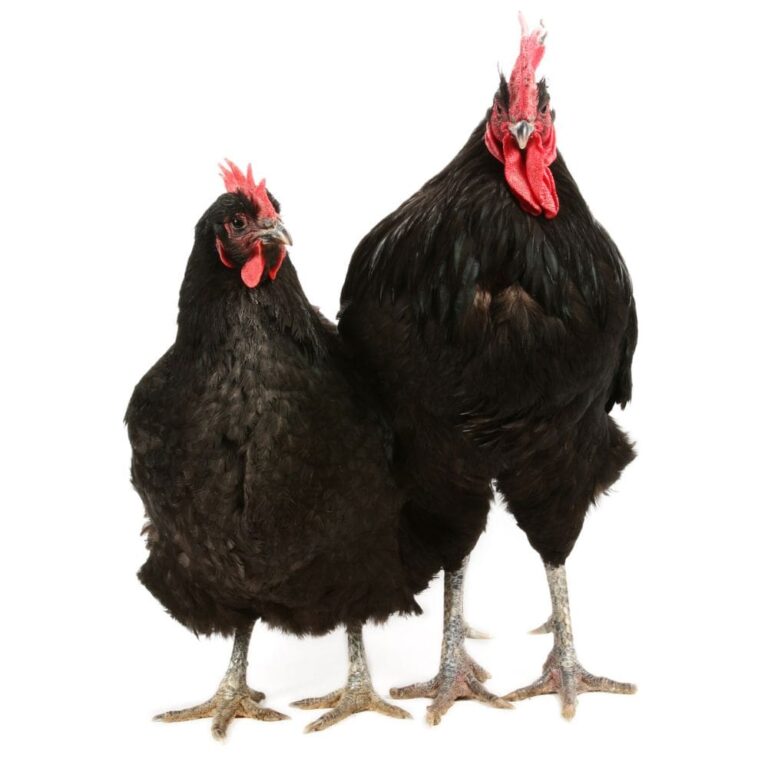

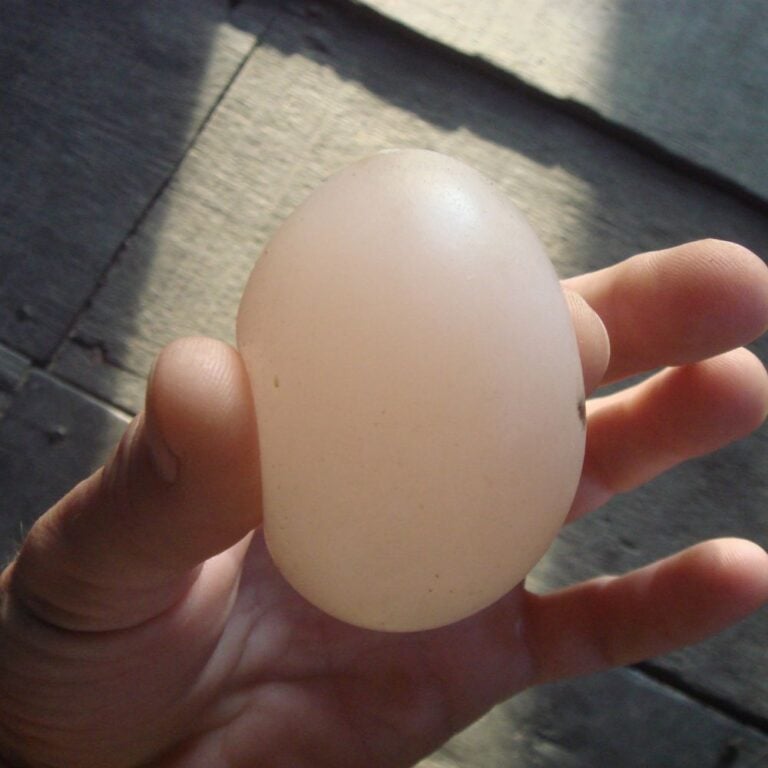
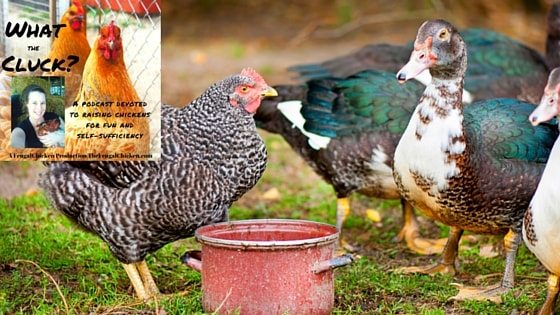
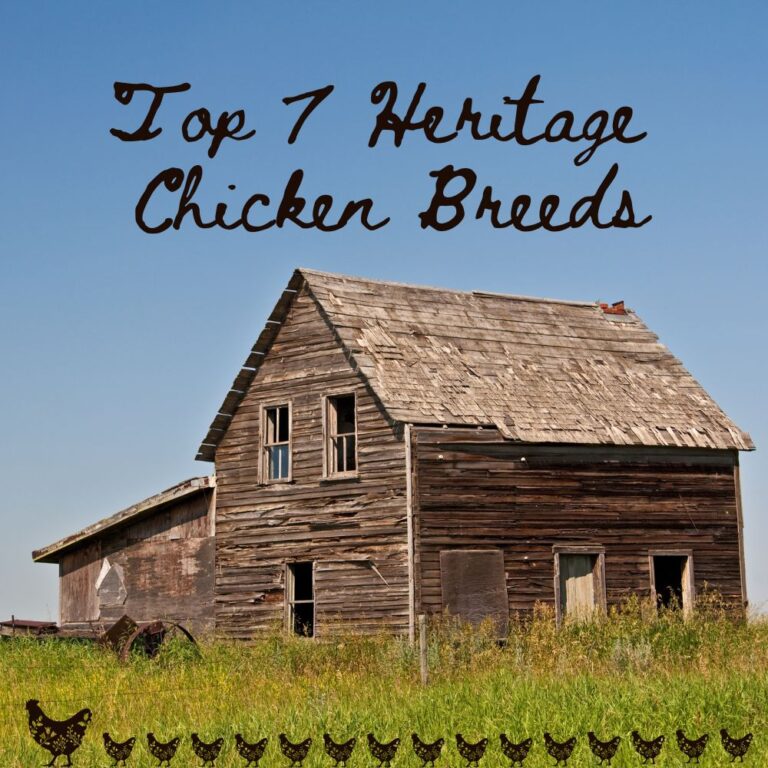
In October. I started out with four piglets around 15 lbs. each and put them in a 40′ X 40′ enclosure using a 2 wire electric fence. They weren’t ringed. A month later I doubled the grazing area, two months that was bare earth as well. Last week I expanded it to about an acre. These puppies can eat!! Grass, ferns, nettles, blackberries – would love to show before and after photos of what my forest looks like with the introduction of the pigs. Oh yeah, the forest devistation is on top of what I feed them.I previously had 4 goats to keep the vegetation in control. Swine are the hands down winner when it comes to land clearing.